Green building has taken on a more literal meaning recently as living and green walls become more common.
Green building has taken on a more literal meaning recently as living and green walls become more common.
And keeping design simple is the best way to keep costs down, says a landscape architect and horticulturist.
Senga Lindsay maintains that cost has been a major drawback for these greenscapes and contractors have been wary.
“When I suggest green walls to developers, they say, ‘No, that’s too expensive,’ ”she said, there are some lower-cost options.
Green walls, where plants grow from the ground, differ from living walls, which have plants growing from a container, located off the ground.
Living walls can be expensive, agreed Randy Sharp of Sharp & Diamond Landscape Architects.
Depending upon the system, they can run about $70 to $150 per vertical square foot.
By comparison, a green façade costs just $10 to $30 for the same area coverage.
Living walls offer greenhouse-grown container plants, while those started at ground level need to green in.
British Columbia’s Lower Mainland is seeing a boom in the number of green and living walls.
There are essentially three different ways of accomplishing a greenscape on mechanisms placed close to, but not touching the building.
Green walls grow on a trellis, frame or cables, while living walls typically use a modular system of squares.
These are roughly a foot square and three inches deep. They are pieced together with each unit having a nursery-grown plant, plus an irrigation system for easy replacement of plants or a stainless steel frame onto which pots and an irrigation system are installed.
These different systems can be mixed to gain greater heights, as most ground-based foliage will only grow up 30 metres.
Sharp has installed two of Metro Vancouver’s most significant living walls.
“The aquarium was the first modular living wall in North America. The one at the (Vancouver International) airport is the largest living wall in North America,” he said.
A new wing at the Vancouver Aquarium has one wall covered with native plant species.
As well, his company was involved with installing a large façade on three sides of the River Rock Casino.
“It’s an effective screen for the parking area and once you are inside it, there is a filigree effect,” he explained.
Sharp said that he uses G-Sky, a B.C. based company, and MUBI for his living walls.
“They provide complete service supplying the components and doing all the nursery vegetation, all the frames and irrigation and they also can provide maintenance,” he said.
G-Sky and Sharp did both the aquarium and YVR Canada Line wall.
Other Sharp projects include the Como Lake Village shopping centre.
Lindsay said she isn’t sold on living walls since they often come with too many moving parts, maintenance and associated plant health problems.
Downstream they exhaust their soil base and need replanting.
“I’m looking at it from a horticulturist’s point of view,” she said.
However, modular units can be switched over easily if plants die, while ground based plants need to be re-grown.
Developers also want a system that is maintenance-free.
“I tell them there is no such thing,” she said, adding that selecting the proper plants and system, though, can reduce the need for maintenance.
Ground based plants don’t need irrigation systems and if the correct plants are used – like grapevines, their roots can extend l00 feet into the soil minimizing the amount of water needed.
Bruce Hemstock with PWL Partnership Landscape Architects Inc. uses a green screen system, which is like a three-dimensional trellis with inserted plants.
Projects using the method have been completed at the Dockside Green development in Victoria and also columns on the Canada Line No. 3 Road guideway.
“The plants do not grow on the columns, as the green screen holds them away,” he said, adding the greenery conceals what would otherwise be eyesores.



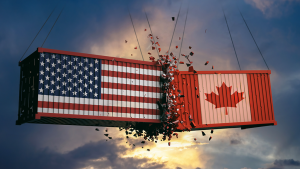
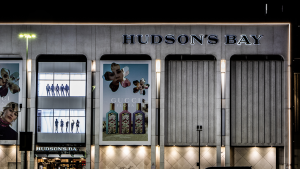

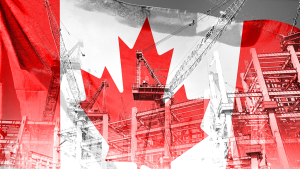
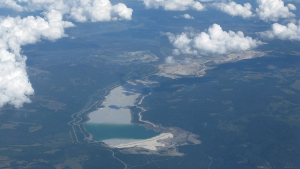
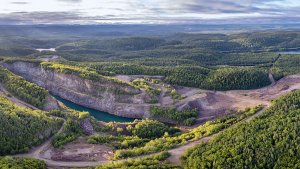


Recent Comments
comments for this post are closed